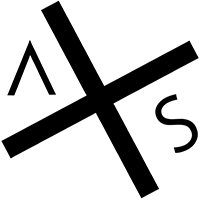File not found
Apologies, but the page you requested could not be found.

A × S / ak-sis / FESTIVAL 2014 | CURIOSITY
PASADENA, CITY OF ART + SCIENCE | September 19 – October 5, 2014

File not found
Apologies, but the page you requested could not be found.